Available 24/7
Available 24/7

 Save 50%
Save %
Save 50%
Save %
Description1 Packet contains 100 seeds of Mesembryanthemum, Ice Plant Mixed - Seeds Ice Plants have fleshy, succulent foliage and are originally fr...
View full details
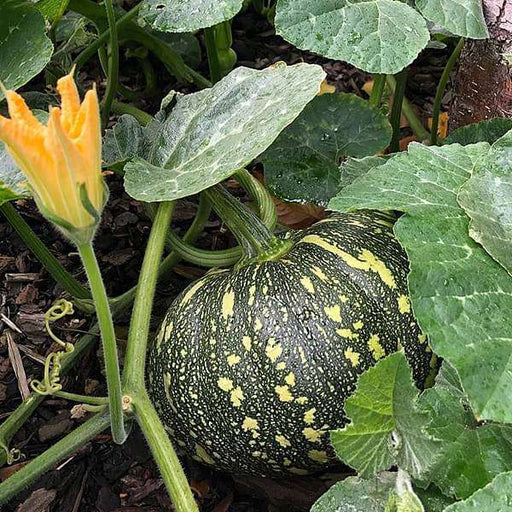 Save 50%
Save %
Save 50%
Save %
Description1 packet contains pumpikin - 3gm seeds. Pumpkins do require a lot of food and a long growing season (generally from 75 to 100 frost-free...
View full details
 Save 50%
Save %
Save 50%
Save %
Description1 packet contains Ash Gourd - 3gm seeds.Ash gourd is a tender vine, which produces large fruit. Famous as a wax gourd, winter melon, whi...
View full details
 Save 51%
Save %
Save 51%
Save %
DescriptionBottle gourd is climbing growing vegetable.1 packet contains Bottle Gourd- 3gm seeds. The bottle gourd belongs to the cucumber family a...
View full details
 Save 51%
Save %
Save 51%
Save %
DescriptionBottle gourd is climbing growing vegetable.1 packet contains Bottle Gourd- 3gm seeds. The bottle gourd belongs to the cucumber family a...
View full details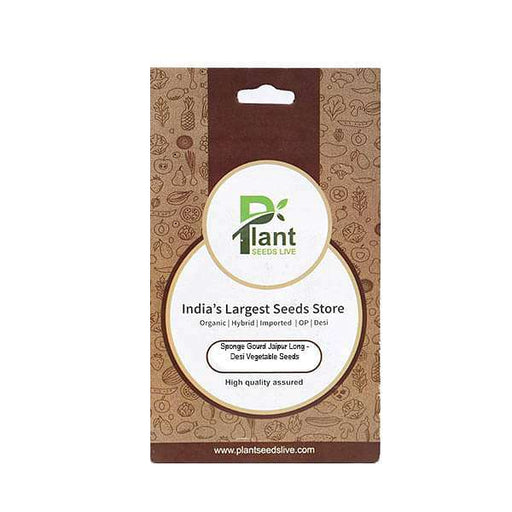
 Save 51%
Save %
Save 51%
Save %
DescriptionSponge gourd can easily grow in containe The seed packet contains approximately 35 seeds. Sponge gourd is one of the popular vegetables ...
View full details
 Save 51%
Save %
Save 51%
Save %
DescriptionBottle gourd is climbing growing vegetable.1 packet contains Bottle Gourd- 3gm seeds. The bottle gourd belongs to the cucumber family a...
View full details
 Save 51%
Save %
Save 51%
Save %
DescriptionIpomoea is a tender annual climbing plant which needs a sheltered warm spot but rewards well with large showy flowe They are common outd...
View full details
 Save 51%
Save %
Save 51%
Save %
DescriptionA truly beautiful low growing ground cover type plant is called the portulaca (Portulaca grandiflora), or sometimes known as the sun ros...
View full details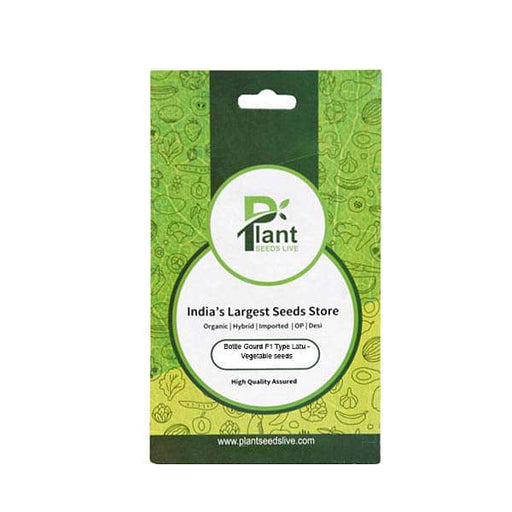
 Save 50%
Save %
Save 50%
Save %
DescriptionBottle gourd is climbing growing vegetable.1 packet contains Bottle Gourd- 3gm seeds. The bottle gourd belongs to the cucumber family a...
View full details
 Save 50%
Save %
Save 50%
Save %
DescriptionSnake gourd can easily grow in containe The seed packet contains approximately 35 seeds.Snake Gourd grows well in Tropical countries. Sn...
View full details
 Save 51%
Save %
Save 51%
Save %
DescriptionRidge gourd is a very important vegetable and cultivated throughout the year. The seed packet contains approximately 35 seeds. Growing l...
View full details
 Save 51%
Save %
Save 51%
Save %
DescriptionSnake gourd can easily grow in containe The seed packet contains approximately 35 seeds.Snake Gourd grows well in Tropical countries. Sn...
View full details
 Save 51%
Save %
Save 51%
Save %
DescriptionSponge gourd can easily grow in containe The seed packet contains approximately 35 seeds. Sponge gourd is one of the popular vegetables ...
View full details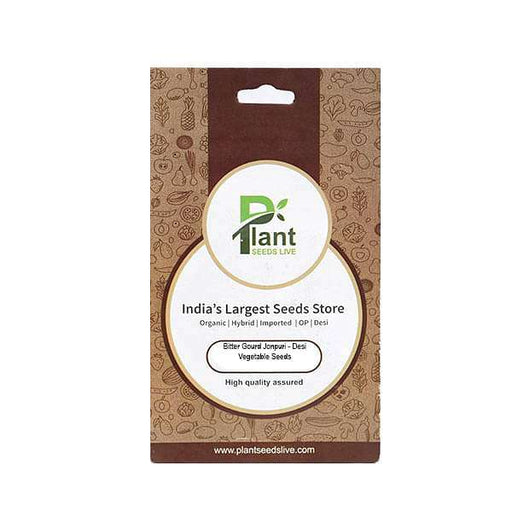
 Save 51%
Save %
Save 51%
Save %
DescriptionHealthy vegetable. 1 packet contains - approximately 35 seeds. Bitter gourd plant is a fast growing creeper and is from the family of vi...
View full details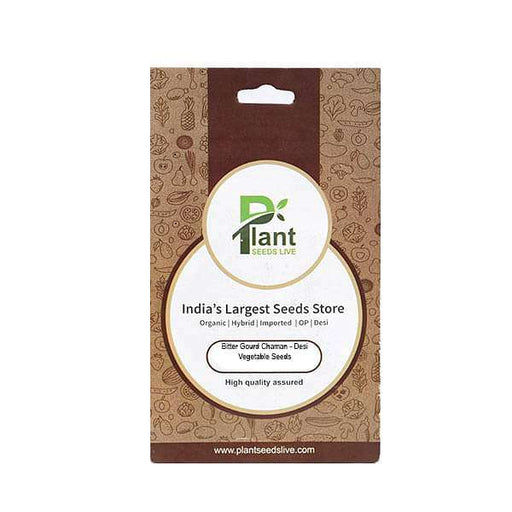
 Save 51%
Save %
Save 51%
Save %
DescriptionHealthy vegetable. 1 packet contains - approximately 35 seeds. Bitter gourd plant is a fast growing creeper and is from the family of vi...
View full details
 Save 51%
Save %
Save 51%
Save %
DescriptionHealthy vegetable. 1 packet contains - approximately 35 seeds. Bitter gourd plant is a fast growing creeper and is from the family of vi...
View full details
 Save 51%
Save %
Save 51%
Save %
Description1 packet contains Beans approximately 35 seeds. The bean is a bushy, hardy annual that can grow from 3 to 4 feet tall. The bean has squa...
View full details
 Save 50%
Save %
Save 50%
Save %
Description1 packet contains pumpikin - 3gm seeds. Pumpkins do require a lot of food and a long growing season (generally from 75 to 100 frost-free...
View full details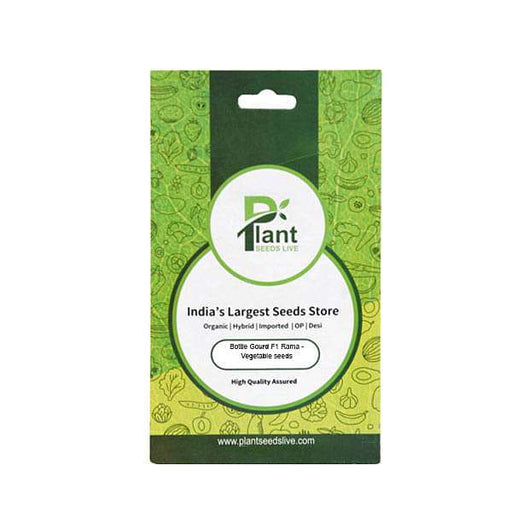
 Save 50%
Save %
Save 50%
Save %
DescriptionBottle gourd is annual climbing growing vegetable.1 packet contains Bottle Gourd- 3gm seeds. The bottle gourd belongs to the cucumber f...
View full details
 Save 50%
Save %
Save 50%
Save %
DescriptionIpomoea is a tender annual climbing plant which needs a sheltered warm spot but rewards well with large showy flowe 1 packet contains 50...
View full details Save 51%
Save %
Save 51%
Save %
Description1 packet contains Foot Kachri - 50 seeds. Seeds Specifications Seeds per Packet 100 Foot Kachri uses

 Save 50%
Save %
Save 50%
Save %
Description 1 packet contains Selection Long Melon Kakri - 5gm seeds. The Long melon form a distinct group of species with many similarities in bot...
View full details Save 50%
Save %
Save 50%
Save %
Description1 packet contains Musk Melon F1 Hybrid Mithas - 30 seeds. Seeds Specifications Seeds per Packet 10 Musk Melon F1 Hybrid Mithas uses
They have a brief lifespan only living for one or two seasons at most.
To thrive this plant requires full sun or little shade. This creeper plant demands a soil that is not overly damp in the winter.
Strawberry plants could be considered a creeper plant
Climbing plants prefer to grow vertically whilst creeper plants tend to grow horizontally towards the ground.
Money plant Morning Glory Bougainvillea Runner Beans etc. are known as climber plants.
Some fast growing climber and creeper plants are Wisteria Rosea Campsis Radicans Flamenco Trumpet Vine Clematis Montana Wilsonii Chinese Wisteria etc.
A wide variety of climber-or-creeper-plants-seeds available on nurserylive.you can exploxre and order them from there accordenly.
Climber plants are Money plant Morning Glory Bougainvillea Runner Beans etc.
Climbing vines are a type of plant that use tendrils, twining stems or other structures to climb up walls, trellises or other vertical surfaces. They are popular for adding height and texture to gardens, and can be used to create a living green wall.
Creeping plants, on the other hand, grow low to the ground and spread out horizontally. They are ideal for ground cover and can help to prevent erosion.
Starting your climber or creeper plants from seed is a cost-effective and rewarding way to grow your own plants. Learn the best techniques for seed starting to ensure a successful growing season.
Germination is the process by which a plant grows from a seed. Understanding the conditions required for germination can help you to grow healthy and strong plants.
Proper soil preparation is essential for growing healthy plants. Learn about the different types of soil, how to test your soil, and how to amend it for optimal growth.
Adequate watering is crucial for the health of your climber or creeper plants. Learn how much water your plants need and how often to water them for optimal growth.
Fertilizing your plants can help to provide them with the nutrients they need to grow strong and healthy. Learn about the different types of fertilizers and how to apply them properly.
Pruning is an important part of maintaining the health and shape of your plants. Learn when and how to prune your climber or creeper plants for optimal growth.
Trellising is a technique used to support climbing plants as they grow. Learn about the different types of trellises and how to train your plants to grow on them.
Understanding the sunlight requirements of your plants is essential for their growth and health. Learn how much sunlight your climber or creeper plants need and how to provide it.
While many climbers and creepers prefer full sun, there are some varieties that thrive in shady areas. Learn about the best shade-loving climbers for your garden.
Some climbers and creepers produce edible fruits or vegetables. Learn about the best edible climbers for your garden and how to grow them.
Climbers and creepers are popular for their ornamental value. Learn about the best ornamental climbers for your garden and how to use them in your landscape design.
Climbers and creepers can be grown in containers, making them ideal for small spaces and urban gardens. Learn about the best techniques for container gardening with climbers and creepers.
Proper winter care is essential for the survival of your climber or creeper plants. Learn how to prepare your plants for winter and how to protect them from cold temperatures and frost.
Pests can be a major problem for climber and creeper plants. Learn about the most common pests and how to prevent and control infestations.
Diseases can also be a major threat to the health of your plants. Learn about the most common diseases that affect climbers and creepers and how to prevent them.
Companion planting involves planting different types of plants together in order to improve their growth and health. Learn about the best companion plants for your climber or creeper plants.
In addition to starting from seed, climbers and creepers can also be grown from cuttings. Learn how to take and root cuttings to propagate your plants. Climber or creeper plants can add a lush and natural element to any garden or landscape design. Whether you are looking to add height, ground cover, or a living green wall, there is a climber or creeper plant that will suit your needs. By understanding the best techniques for growing and maintaining these plants, you can ensure that they thrive and enhance the beauty of your outdoor space.
A: Climber or creeper plants are plants that require support to grow and climb or spread horizontally. They have weak stems and use other plants, walls, or trellises for support.
A: Some popular climber or creeper plants in India are money plant, morning glory, bougainvillea, jasmine, passion flower, ivy, and many others.
A: First, soak the seeds in water overnight to help with germination. Then, plant them in a seed-starting mix or potting soil, covering them with a thin layer of soil. Water them regularly and keep them in a warm, sunny location.
A: Germination time varies depending on the type of plant, but generally, it takes between 1-4 weeks.
A: Yes, you can grow some types of climber or creeper plants indoors as long as they receive enough sunlight and have proper support.
A: Climber or creeper plants should be watered regularly, but make sure not to overwater them as this can cause root rot. Check the soil moisture level before watering.
A: You can support your climber or creeper plant with a trellis, stake, or by training it to grow on a wall or other support structure.
A: Yes, you can grow climber or creeper plants in a container, but make sure the container is large enough to support the plant's growth and has proper drainage.
A: Prune your climber or creeper plant to control its size, shape, and promote healthy growth. Cut back dead or diseased stems and trim back new growth to encourage bushier growth.
A: Propagate your climber or creeper plant by taking stem cuttings or by layering. Plant the cuttings in a potting mix or directly into the soil.
A: Monitor your plant regularly for signs of pests or diseases. You can use organic insecticides or fungicides to control the problem.
A: Fertilize your climber or creeper plant with a balanced fertilizer every 2-3 months during the growing season.
A: Some climber or creeper plants can tolerate partial shade, but most require full sun for proper growth and flowering.
A: Use wire or string to tie the stem to the wall and encourage upward growth. Keep the stem attached to the support structure as it grows.
A: Yes, you can grow multiple climber or creeper plants together, but make sure they have enough space and support to grow without competing with each other.
A: If the roots are growing out of the drainage holes or the plant is showing signs of stunted growth, it may be time to repot your plant into a larger container.
A: Yes, you can grow some types of climber or creeper plants in hanging baskets, but make sure the basket is large enough and has proper support.
A: Some climber or creeper plants, like pothos and philodendron, can be grown in water, but most require soil for proper growth.
A: Research the light and water requirements of the plant and choose one that is suitable for your location.
A: You can buy climber or creeper plant seeds online from Nurserylive, a leading online nursery in India, or from local garden centers and nurseries.
